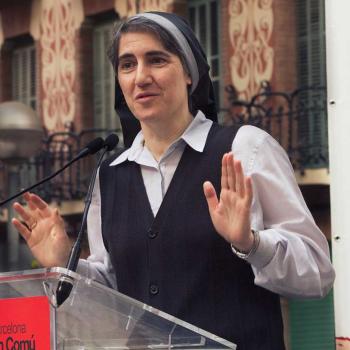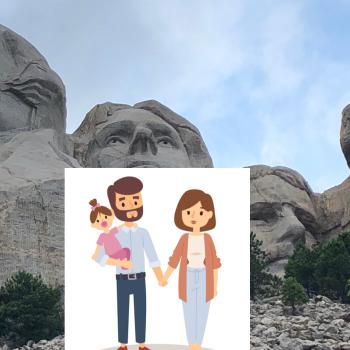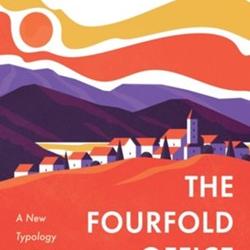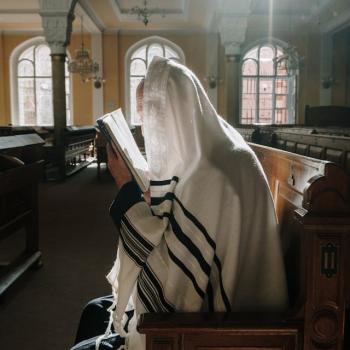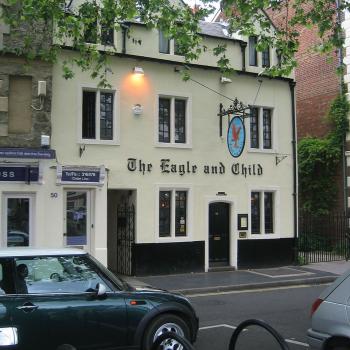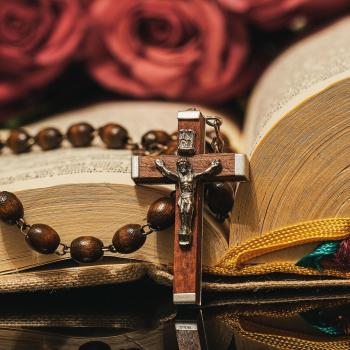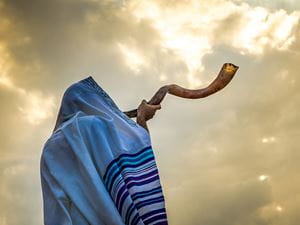
Yom Kippur is the Jewish Day of Atonement, and it falls on the 10th day of the Hebrew month of Tishrei. Yom Kippur is considered the most sacred day of the Jewish calendar. Like all Jewish holidays, Yom Kippur begins at sundown. The holiday lasts 25-hours. During this time, Jews are supposed to refrain from eating, drinking, wearing perfume or lotions, wearing leather shoes, and being sexually intimate. The day is usually spent praying in the synagogue. There is a tradition that Jews should wear all white garments on this holiday, both because the color white symbolizes purity, and because white is understood to reference angelic beings and, on Yom Kippur, the Jewish people are considered to be closer to angels than they are at any other point during the year.
The prayers on Yom Kippur center around pleas for forgiveness, mercy, and understanding. The holiday also includes confessions of sins on behalf of the entire community. The hope that animates the holiday of Yom Kippur is that people can begin the new year with a clean slate, forgiven of all past wrongdoings, misdeeds, and sins. In advance of the holiday, Jewish people are supposed to approach anyone they have hurt during the past year and ask for their forgiveness. It is considered difficult to obtain forgiveness from God before one has sought forgiveness from one’s friends and neighbors. The religious requirement to fast and otherwise observe Yom Kippur begins when a Jewish child reaches his or her Bar or Bat Mitzvah (13-years-old for boys, and 12-years-old for girls), and is considered to be legally or officially an adult member of the Jewish community. People who are ill or otherwise struggle with fasting, and for whom not eating would pose a serious risk to their health, are exempt from fasting. However, unlike minor fast days where there is much leniency, one is encouraged to try to fast if one is at all able.
Yom Kippur is considered to be the day where one can gain atonement for one’s sins, providing that one properly repents. Yom Kippur occurs ten days after the Jewish holiday of Rosh Hashanah, which is considered the Jewish New Year, and is a celebratory Jewish holiday. The period between Rosh Hashanah and Yom Kippur is known as the Days of Awe, or the Yamim Noraim, and are marked by spiritual emphasis on prayers and supplications. In Jewish tradition, the fate of a person’s year is considered to be written on Rosh Hashanah but sealed on Yom Kippur. As a result, many Yom Kippur prayers center on reversing any evil decrees. One of the frequently repeated prayers reminds worshippers that the acts of repentance, prayer, and the giving of charity are considered acts which can reverse the evil decree or a condemned faith in the eyes of God.
The holiday of Yom Kippur opens with a service called Kol Nidre and concludes with a service called Neilah. At the end of the Neilah service, the shofar, of ram’s horn, is blown. At this point, the holiday is over. There is usually a festive meal hosted to break the fast. Three days after Yom Kippur is the holiday of Sukkot, which is a major eight-day holiday that requires eating in outdoor structures and celebrating the harvest season. The end of Sukkot is followed by the holidays of Shemini Atzeret and Simchat Torah, and with that the Jewish festival season of the fall is concluded.
10/11/2024 8:44:20 PM
